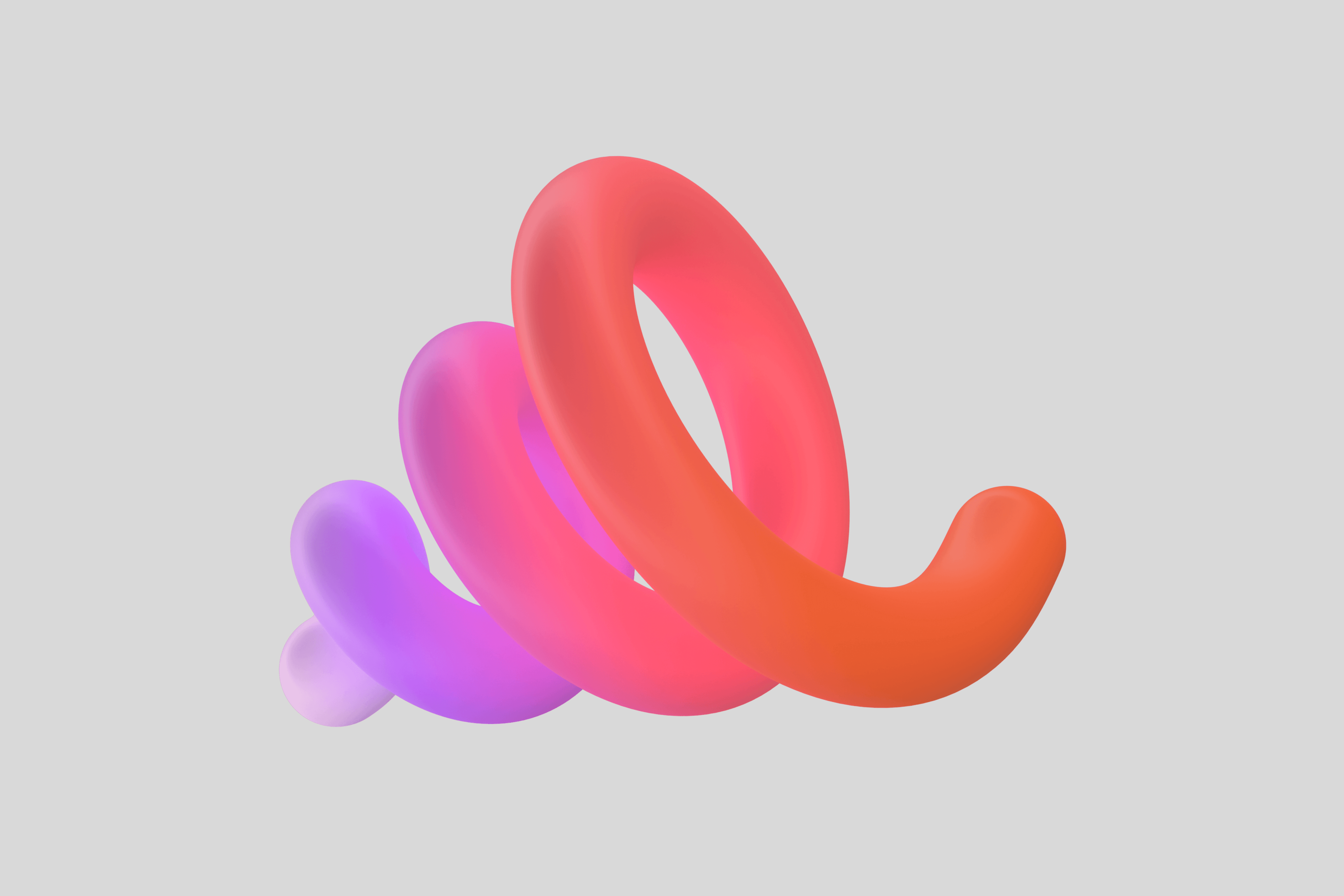The world of 3D animation is constantly evolving, bringing us breathtaking visuals and immersive experiences like never before. As technology advances and creative minds push the boundaries of what is possible, new trends and technologies continue to emerge in the field of 3D animation. In this blog post, we will explore some of the latest innovations in 3D animation and discuss the trends that are shaping the industry.
Real-Time Rendering
One of the most significant advancements in 3D animation is real-time rendering. Traditionally, rendering complex 3D scenes could take hours or even days to complete. However, with real-time rendering technologies, animators can now see their creations come to life instantly. This real-time feedback allows for quicker iterations and more efficient workflows, enabling artists to bring their visions to reality with greater ease and speed.
Real-time rendering not only saves time but also enhances the creative process. Animators can make adjustments and experiment with different visual elements on the fly, without the need to wait for lengthy rendering times. This level of flexibility and immediacy empowers animators to iterate and refine their work more effectively, resulting in more polished and visually stunning animations.
Virtual Reality (VR) and Augmented Reality (AR)
Virtual Reality (VR) and Augmented Reality (AR) have transformed the way we experience digital content, and 3D animation is no exception. VR and AR technologies provide immersive and interactive experiences, blurring the line between the virtual and physical worlds. Animators can create captivating 3D animations that users can explore and interact with, opening up new possibilities for storytelling and entertainment.
With VR, users can fully immerse themselves in the animated world, becoming active participants in the narrative. They can explore virtual environments, interact with animated characters, and even manipulate objects within the 3D space. AR, on the other hand, blends the digital and real worlds, overlaying virtual elements onto the physical environment. This blend of reality and animation creates unique and engaging experiences that captivate and entertain audiences.
The rise of VR and AR also presents new challenges and opportunities for animators. They must now consider the user’s perspective and design animations that seamlessly integrate with the virtual or augmented environment. This requires a deep understanding of spatial design, user interaction, and the ability to create animations that react dynamically to the user’s movements and actions.
Motion Capture
Motion capture technology has revolutionized character animation by capturing the movements of real-life actors and translating them into digital characters. This technique adds a level of realism and authenticity to 3D animations, making characters move and behave like their human counterparts. With advancements in motion capture technology, animators can create lifelike performances and bring their characters to life in ways that were once unimaginable.
Motion capture not only saves time and effort but also enhances the quality of character animation. By capturing the subtle nuances of human movement, animators can create more believable and emotionally expressive characters. This technology has been widely used in the film and gaming industries, where realistic character performances are crucial for engaging storytelling.
The future of motion capture holds even greater possibilities. With the advent of markerless motion capture systems and advancements in machine learning algorithms, animators can expect more accessible and accurate motion capture solutions. This will enable a wider range of artists to utilize motion capture in their animations, further pushing the boundaries of character realism and performance.
Artificial Intelligence (AI) and Machine Learning
Artificial Intelligence (AI) and Machine Learning are making their mark in the world of 3D animation. These technologies can analyze vast amounts of data and generate realistic animations based on learned patterns and behaviors. AI-powered tools can automate certain aspects of the animation process, such as generating natural movements or enhancing the quality of rendered images. As AI continues to evolve, we can expect even more exciting advancements in the field of 3D animation.
AI and machine learning algorithms have the potential to revolutionize the animation workflow. They can assist animators in automating repetitive tasks, such as rigging, keyframing, and cloth simulation. This frees up time for animators to focus on more creative aspects of the animation process, such as storytelling and character development.
Additionally, AI can analyze vast amounts of reference data, such as real-life movements or facial expressions, and generate animations that closely mimic those references. This opens up new possibilities for creating lifelike animations with minimal manual effort. AI-powered tools can also enhance the quality of rendered images by intelligently reducing noise, improving lighting, and refining textures.
While AI and machine learning hold great promise, it is important for animators to maintain their creative control and artistic vision. These technologies should be seen as tools to augment and enhance the animation process rather than replace human creativity.
Conclusion
The world of 3D animation is constantly evolving, driven by technological advancements and the creative vision of animators. Real-time rendering, virtual reality, motion capture, and artificial intelligence are just a few of the innovations that are shaping the future of 3D animation. As these technologies continue to mature and new ones emerge, we can look forward to even more incredible and immersive 3D animations that push the boundaries of what is possible.
Stay tuned as we explore the latest trends and technologies in the world of 3D animation.


